- News
- Reviews
- Bikes
- Accessories
- Accessories - misc
- Computer mounts
- Bags
- Bar ends
- Bike bags & cases
- Bottle cages
- Bottles
- Cameras
- Car racks
- Child seats
- Computers
- Glasses
- GPS units
- Helmets
- Lights - front
- Lights - rear
- Lights - sets
- Locks
- Mirrors
- Mudguards
- Racks
- Pumps & CO2 inflators
- Puncture kits
- Reflectives
- Smart watches
- Stands and racks
- Trailers
- Clothing
- Components
- Bar tape & grips
- Bottom brackets
- Brake & gear cables
- Brake & STI levers
- Brake pads & spares
- Brakes
- Cassettes & freewheels
- Chains
- Chainsets & chainrings
- Derailleurs - front
- Derailleurs - rear
- Forks
- Gear levers & shifters
- Groupsets
- Handlebars & extensions
- Headsets
- Hubs
- Inner tubes
- Pedals
- Quick releases & skewers
- Saddles
- Seatposts
- Stems
- Wheels
- Tyres
- Health, fitness and nutrition
- Tools and workshop
- Miscellaneous
- Cross country mountain bikes
- Tubeless valves
- Buyers Guides
- Features
- Forum
- Recommends
- Podcast
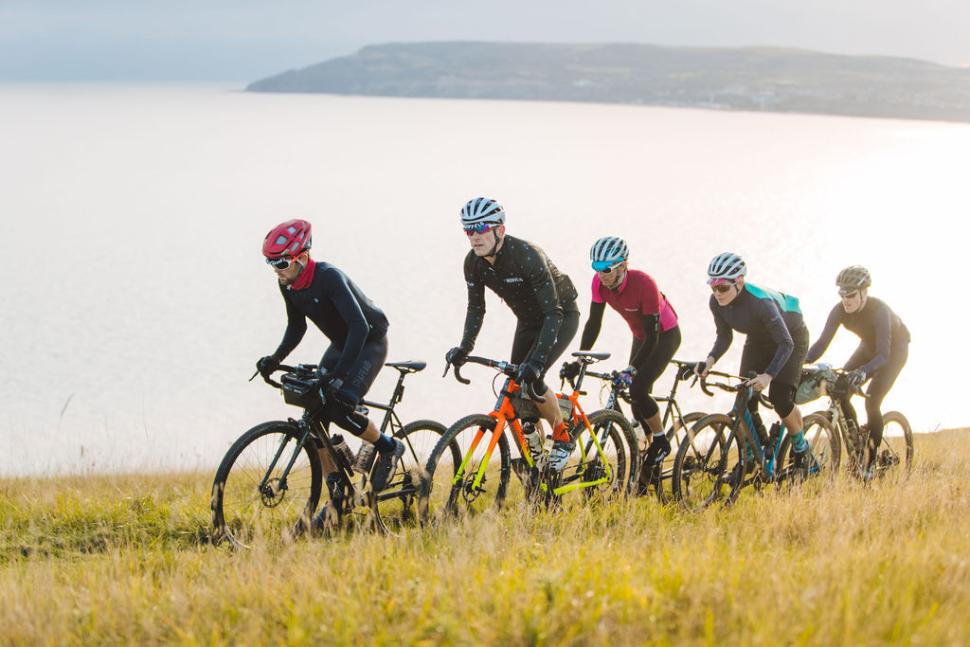 Isle Of Wight Car Free Campaign - Cliffclimb Group - Photo - James Cripps.jpg
Isle Of Wight Car Free Campaign - Cliffclimb Group - Photo - James Cripps.jpgShould you buy a gravel bike? Everything you need to know about this versatile bike genre
In recent years, gravel bikes have surged in popularity, and have become the go-to choice for many riders. It's easy to see why with their versatility and ability to handle a wide range of terrains, but there's a lot that often goes unmentioned. Should you buy a gravel bike, or is gravel just bike industry hype?
For many happy years, you had your road bike for, er, riding on the road, and perhaps a cyclocross bike for muddy winter cyclocross racing and hacking about, or a mountain bike if you regular encountered trails. The usage definitions were clearer, but then cyclists started buying cyclocross bikes and adapting them for winter riding and commuting, with mudguards and racks (where they have mounts) and wider tyres.
Meanwhile, over in the US there has been a growing popularity for gravel races, long distance events held predominantly on gravel tracks (there are lots of them in the States). This pretty much led to the development of the dedicated gravel bike, because the industry is always keen to exploit a trend. Gravel bikes are distinct from a cyclocross, mountain or road bikes, but borrowing key features from each of them.
Disc brakes are pretty much mandatory. There is clearance for wider tyres, rack and mudguard mounts, and the geometry is designed for comfort, splitting the difference between a road and cyclocross bike.
Here are some tips and key things you need to know about gravel bikes to decide if it's the bike genre for you...
One bike to do it all?
Firstly, don't be put off by the 'gravel bike' label. While there may not be many gravel roads around your way, gravel bikes are great for a whole lot more than riding on actual gravel.
Unless you're racing, a gravel bike could be the single bike you need as they are capable of riding almost everything, except very technical mountain bike trails.
Raleigh’s Terry Blackwood says: “Most of us don’t race seriously so we use our bikes to commute and for fun. The ability to use full mudguards makes them a year-round choice, the large volume tyres deal well with British roads and allow a wider choice of routes.
"The riding position is comfortable and the bikes are still fast enough to challenge Strava segments.”
Gravel bikes allow you to switch your tyres easily and with the right tyre selection, a gravel bike can be ridden comfortably in all seasons, making it suitable for year-round cycling.
They also typically have a more relaxed and comfortable geometry, making them suitable for long-distance rides and bikepacking. They tend to be more stable too, which can be beneficial in the winter months on slippery road surfaces.
Handling characteristics
While you may not be able to spot the difference between the geometry of a road bike and a gravel bike, the small differences make a huge difference to their handling.
> How much slower is a gravel bike on the road?
The main differences are that gravel bikes often feature a slack head tube angle, longer wheelbase and lower bottom bracket, which all add to the stability.
While gravel bikes prioritise stability, they are less nimble than road bikes unless they are fully-fledged gravel race bikes. This means they won't feel as agile when navigating technical sections, and could be less responsive when leaning into corners.
Set your tyres up tubeless
Bike manufacturers typically don't ship bikes with fully inflated tyres. Consequently, a gravel bike won't come pre-configured with a tubeless setup, as the sealant could leak during transit. Instead, they are generally sent with inexpensive inner tubes.
Deflating the tyres reduces the risk of damage to the tyres and rims during transit and deflated tyres are smaller which allows for more efficient packing. Some places also have regulations regarding the shipping of pressurised containers or items with compressed air.
Despite this, running tubeless tyres for gravel riding is essential as it offers increased puncture resistance and allows you to run lower tyre pressures which in turn will provide better traction.
Upgrade the tyres that come as standard
The quality of tyres that come as standard with a gravel bike can vary significantly depending on the brand, model and price, but they often tend to be a more basic option.
To get the best grip, puncture protection and overall performance, we'd suggest upgrading the stock tyres to some of the best gravel tyres to ensure you can get the most out of your off-road adventures.
Since gravel bikes can accommodate a wide range of tyres, you should choose a tyre width to match your riding preferences and terrain. For example, wider tyres will provide more comfort and are better suited for rough terrain.
The tread pattern on the tyres also plays a significant role - smoother treads are better for well, smoother surfaces, and a more aggressive tread pattern will be better suited for loose terrain.
Tubeless tyres aren't foolproof
> Butyl v latex v TPU inner tubes: which should you choose?
Although tubeless setups are advisable for gravel riding, they do not provide absolute immunity against punctures, and you can still get flats on rough terrain if the hole is too big to seal.
Therefore, it's still essential to carry a repair kit and spare inner tube. If you're limited in space, TPU (Thermoplastic Polyurethane) tubes are a good choice because they are lighter and fold up much smaller than traditional butyl rubber tubes.
6. Get two wheelsets
To truly transform your gravel bike into one bike that does it all, consider investing in two wheelsets, both set up tubeless. One wheelset can be used for road riding and the other can be geared towards gravel/off-road riding.
If you already have a 700c wheelset for your road riding, you may want to consider 650b wheels. The smaller rim size makes room for the largest volume gravel bike tyres.
If you have a specific budget in mind, consider allocating a larger portion of your budget to the road wheelset. The things that are important for gravel wheels are not necessarily expensive and you want durability more than lightweight.
Will your next bike be a gravel bike? Let us know in the comments section below...
Emily is our track and road racing specialist, having represented Great Britain at the World and European Track Championships. With a National Title up her sleeve, Emily has just completed her Master’s in Sports Psychology at Loughborough University where she raced for Elite Development Team, Loughborough Lightning.
Emily is our go-to for all things training and when not riding or racing bikes, you can find her online shopping or booking flights…the rest of the office is now considering painting their nails to see if that’s the secret to going fast…
Latest Comments
- Rendel Harris 2 hours 8 min ago
What has the year got to do with it? Using a term for people with Down's syndrome as an insult was deeply offensive then and is deeply offensive...
- andystow 5 hours 18 min ago
I've been using Power Grips for over five years now. They're great.
- David9694 6 hours 8 min ago
Drivers ignored road closures at Colchester Half Marathon...
- David9694 6 hours 27 min ago
driverless, car-less......
- dh700 6 hours 30 min ago
I already mentioned the strategies that work, which are reductions of motor vehicle usage and lawlessness. For example, Sweden's population has...
- Surreyrider 8 hours 26 min ago
A lengthy reply that doesn't match the reality. I'm still never going to buy your wheels after the posts from a fellow Outcasts Cycling member in...
- eburtthebike 9 hours 44 min ago
It wouldn't matter if it was made last week in China out of plastic: it's still a good enough reason to deny cyclists safer roads.
- Smoggysteve 14 hours 17 min ago
That's a possibility. But if that were the case, it wouldn't explain how I still get it on Zwift where Garmin wasn't even in play. The power from...
- bikeman01 14 hours 53 min ago
They should bring back dog tax, sorry dog licences. That would fix everything, [sic].
- BikingBud 15 hours 46 min ago
Aren't 4*4 supposed to go off road?
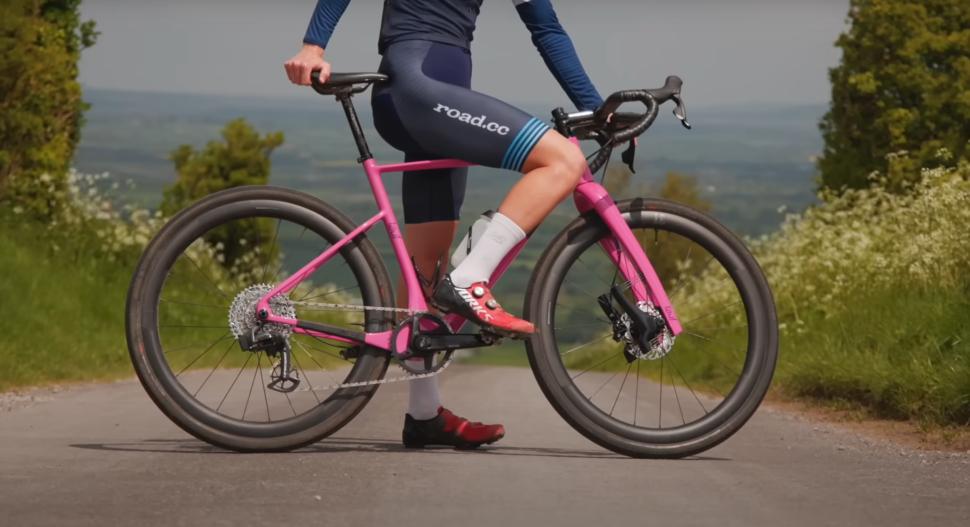
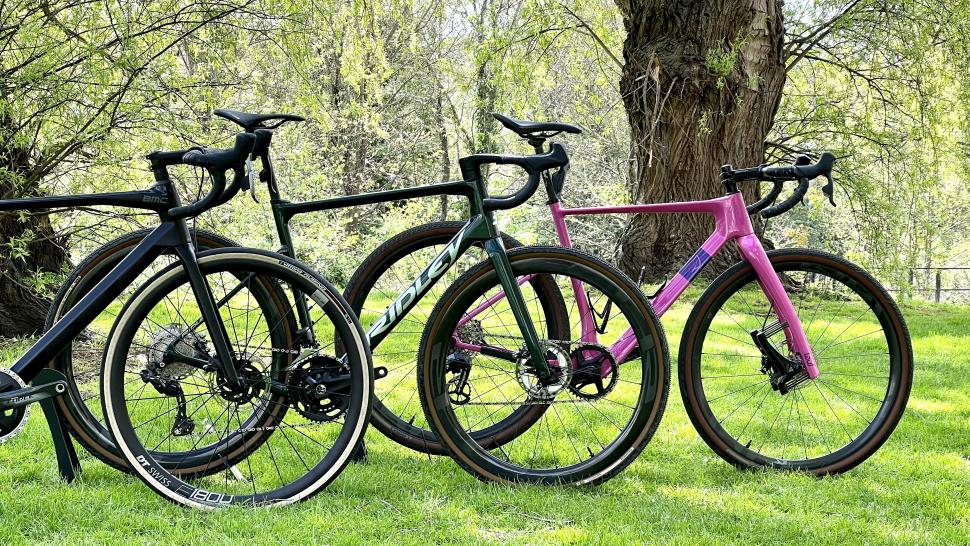
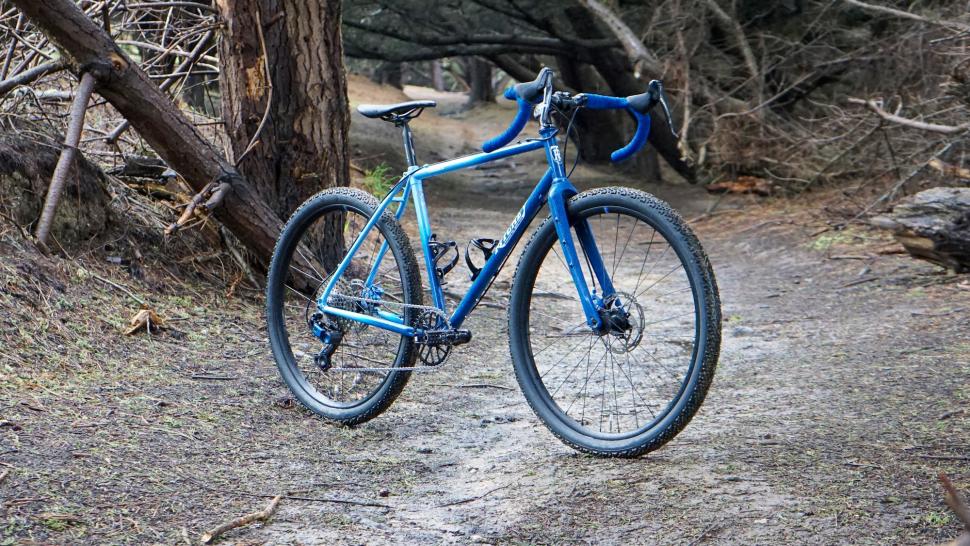
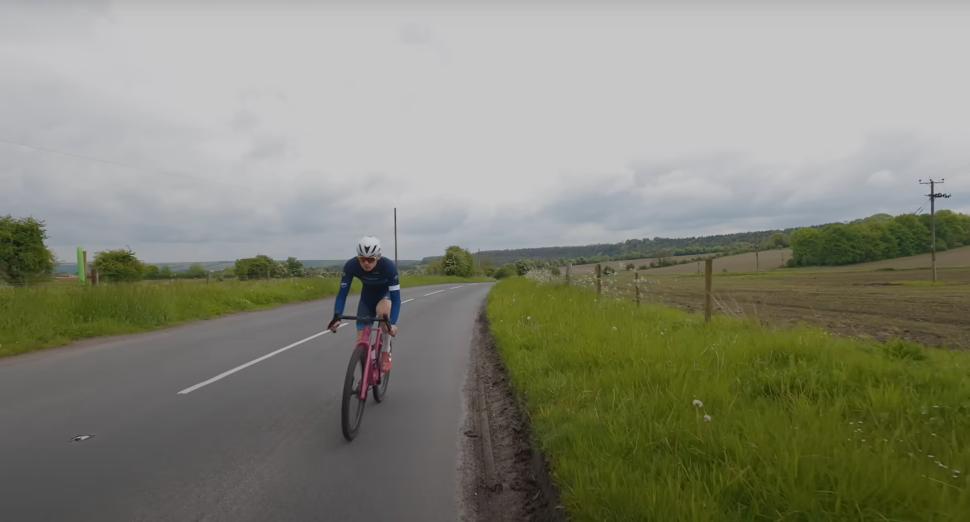
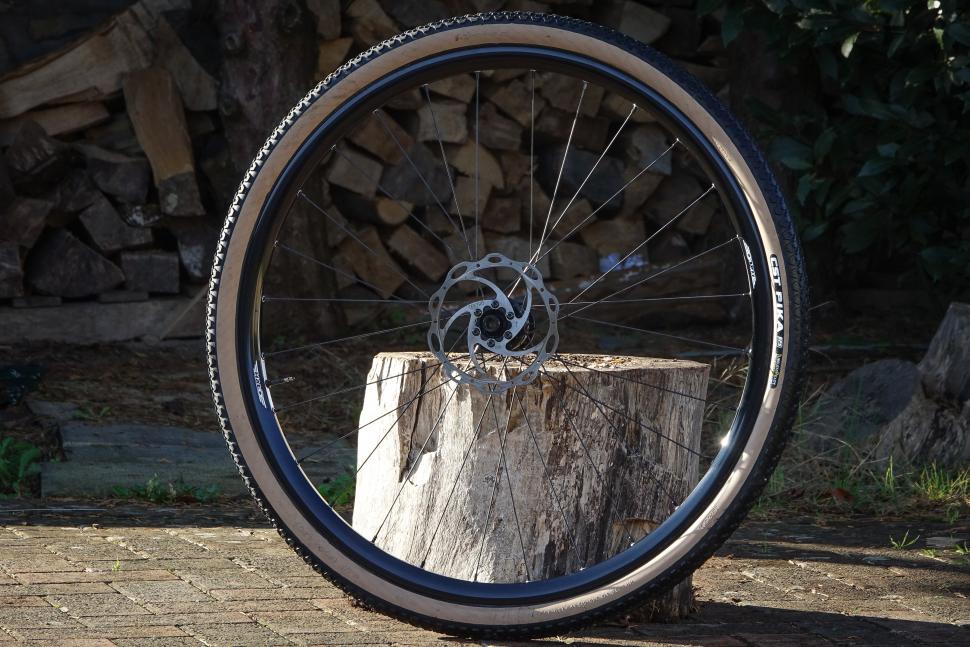
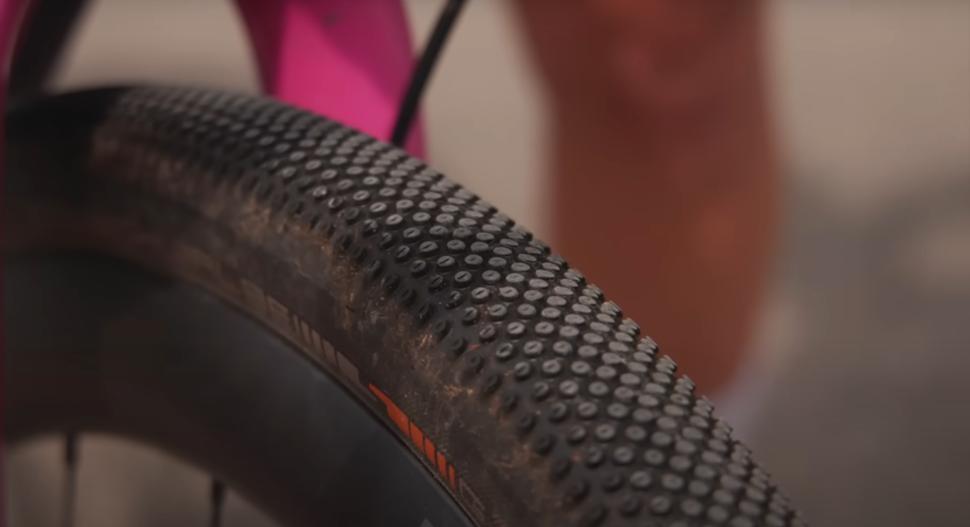
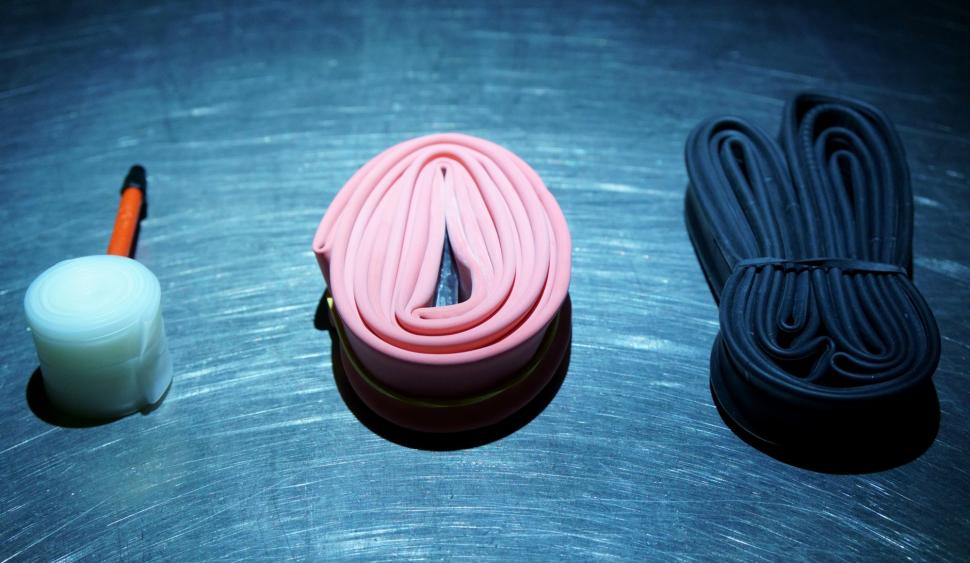
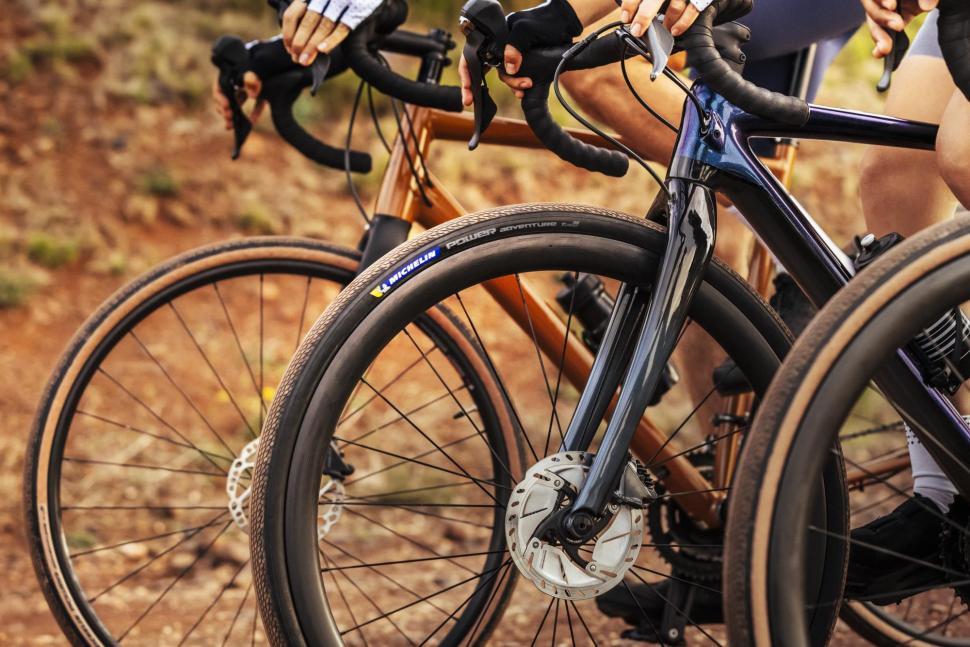

Add new comment
3 comments
I thought this was Road CC.
One of the points made in the article is that a "gravel bike" is also a very viable road bike, despite having a less racy geometry. Again, as the article mentions, many people won't live near or use tracks (gravel or otherwise) exclusively. In short, such bikes need to be decent road bikes as well as more capable on non-tarmac tracks (or on typical British manky roads, for that matter).
But perhaps the fault is in calling them "gravel bikes". A better nomenclature is "all-road" which includes tarmac roads but also other ways with all sorts of surfaces which are nevertheless ways rather than the ad-hoc routes of MTBs over whatever's in the way of where you fancy going.
I confess I still like to have more than one bike, for different purposes. After giving up racing, I bought two identical cyclocross bikes of the type mentioned in the article (with fittings for guards and rack) then configured one as a winter.touring bike and t'other as a road bike (fast tyres, no guards, lower stem, higher gears and the like). Same geometry which, although not ideal for road racing was ideal for comfortable road riding at a decent pace.
These days I have road and winter/touring/all-road bikes that are more differentiated. Essentiallly I have one of each X2 (i.e. a pair of e-bikes and a pair of not e-bikes). But if I was less of a silly little consumer, I could really make do with one and three pairs of wheels/tyres for the different uses.
On the other hand, removing and re-installing guards, rack and stem angles for different rides on the one bike - a bit too much faff.
Allroad CC